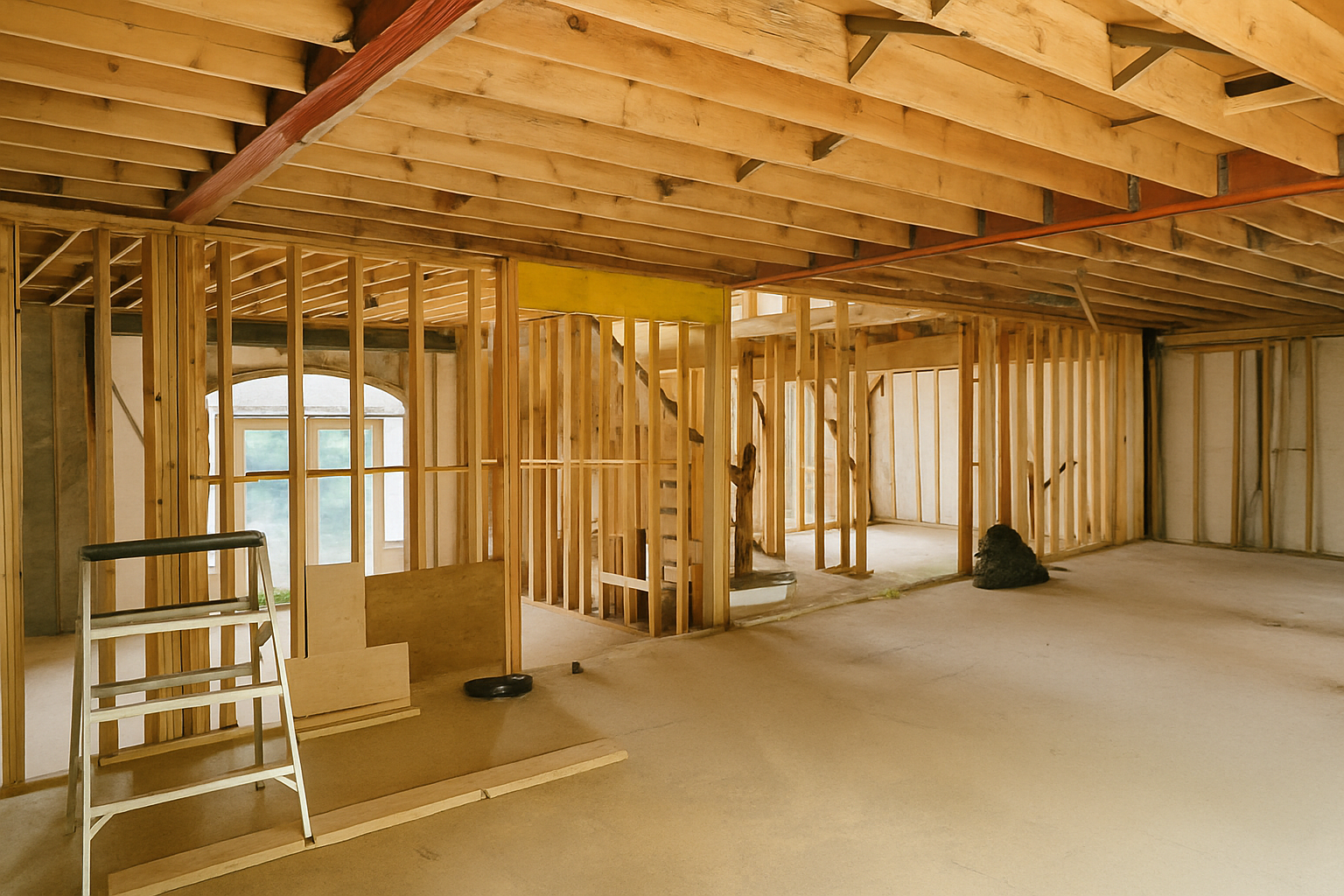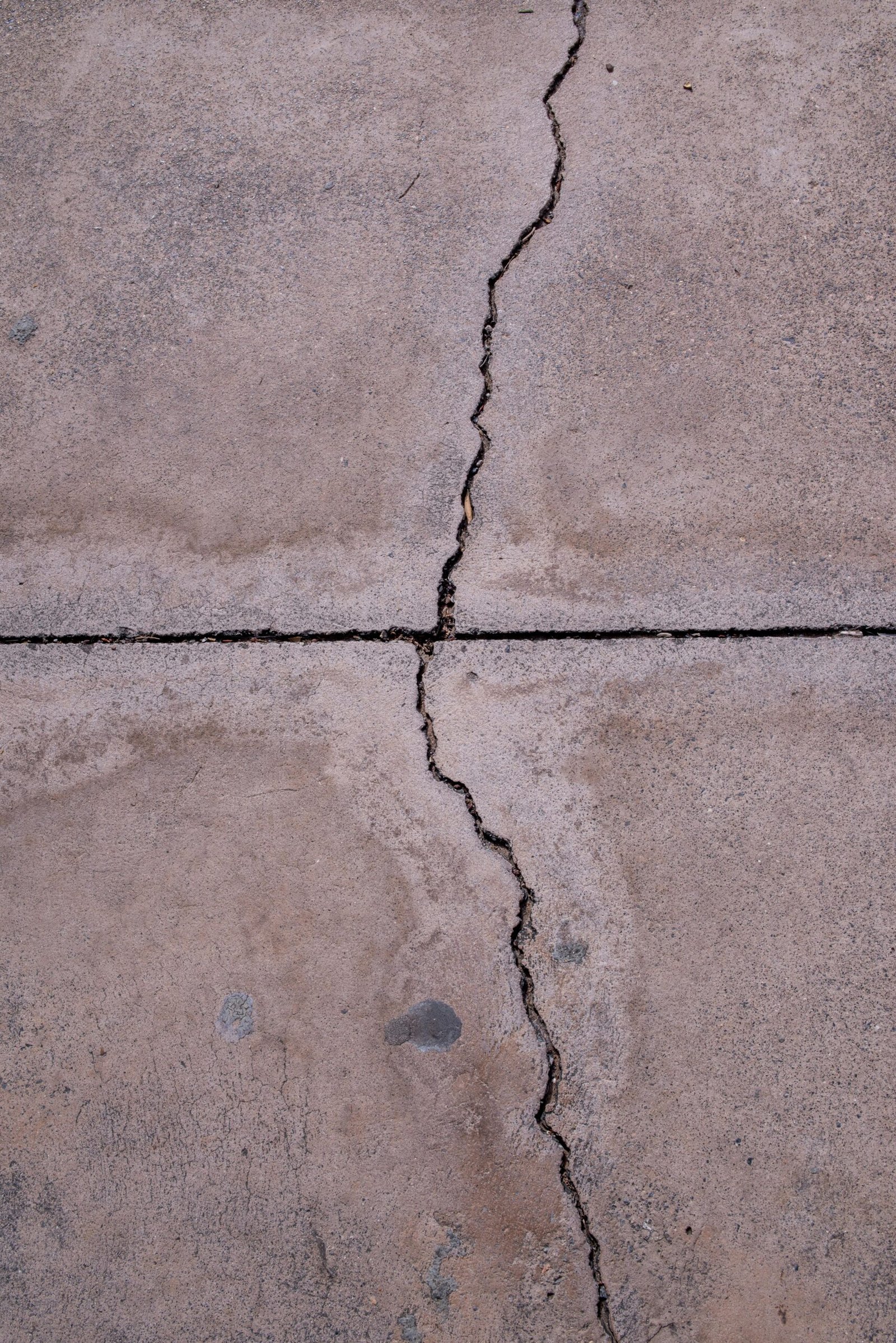In a recent fourteen-unit apartment project, we uncovered a quiet truth about the outsized value of efficient design: the consulting fees – almost always less than ten percent of total project costs – can unlock savings far beyond their share of the budget. During design development, a strategic review revealed that by repositioning a few key footings, all structural steel beams could be eliminated and replaced with engineered wood. This adjustment reduced material costs, simplified the build, and allowed for elegant overhanging balconies – all without compromising safety or aesthetics. The client never noticed the engineering maneuvers behind the scenes, but the results were tangible: the project saved tens of thousands of dollars. This case demonstrates a larger reality across the industry – efficient designs are the number-one cost saver on construction projects, whether residential or commercial.
The True ROI of Engineering Design
Many developers view engineering as a necessary expense rather than a strategic investment. Yet, engineering design typically represents less than ten percent of the overall budget, while influencing nearly one hundred percent of project costs. Every beam, footing, or connection detail affects material use, construction time, and long-term maintenance. A small misstep at the design stage can cascade into costly on-site revisions, whereas a well-optimized design can produce exponential returns in both time and money [1].
Government and private sector Requests for Proposals (RFPs) often prioritize upfront pricing. Scoring systems tend to allocate disproportionate weight to fees, with “price” sometimes counting for 70–80% of the evaluation criteria. But this approach overlooks the single most critical factor: design efficiency. According to internal analysis here at Ostan Engineering, efficient design choices consistently yield savings exceeding 7% of total project costs, far surpassing the marginal differences between consultant bids. In essence, the lowest engineering fee rarely equates to the lowest total cost.
What Makes a Design “Efficient”?
For clients without a technical background, evaluating design efficiency can feel abstract. However, there are practical steps to ensure you’re choosing the right engineering partner:
- Ask for Relevant Experience.
If you’re developing a residential building, work with consultants who have a proven track record in that domain. Efficiency is born from repetition – firms that have designed dozens of similar projects understand cost-saving opportunities instinctively. - Evaluate Their Design Philosophy.
When speaking with consultants, ask how they typically balance structure, architecture, and constructability. A firm that integrates engineering strategy with build-phase practicality will often outperform one focused purely on compliance. Marrying engineering with construction knowledge is where savings multiply. - Look for Case Studies and Transparency.
A quality engineering firm will openly share project stories – like our fourteen-unit apartment example – showing how decisions during design directly translated into measurable cost reductions.
A Smarter Way Forward
Investing in quality engineering from day one is not a luxury – it’s a necessity. The business case is clear: efficient designs can save more money than any tender-stage cost-cutting measure. In both commercial and residential development, a few smart design decisions early on can eliminate structural redundancies, reduce materials, streamline construction sequencing, and ultimately deliver a better building for less.
For developers, architects, and municipalities, the message is simple: hire engineers who think like builders, and treat design not as a line item – but as your most powerful financial tool.
References
[1] J. Smith, Optimizing Construction Budgets Through Design Efficiency, IEEE Engineering Management Review, vol. 50, no. 2, pp. 75–82, 2023.
[2] Ostan Engineering, Internal Cost-Efficiency Analysis: Multi-Unit Residential Design Case Studies, Ottawa, ON, 2024.







